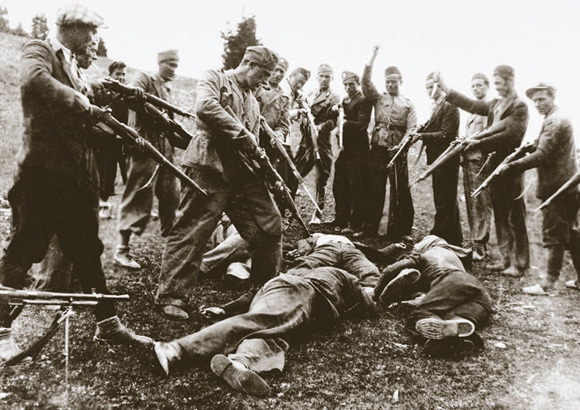Hitler's Foreign Executioners (95 page)
Read Hitler's Foreign Executioners Online
Authors: Christopher Hale

16 The first Ukrainian Waffen-SS volunteers assemble outside the opera house in L’viv (Lemberg), 18 July 1943. (Michael Melnyk Collection)
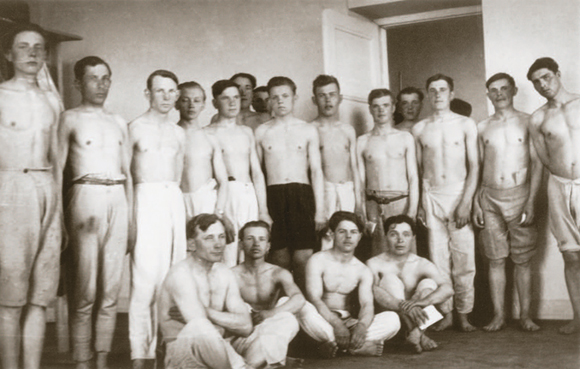
17 Over 80,000 Ukrainian men volunteered to join the SS ‘Galizien’. That number was whittled down to less than 10,000 after rigorous inspection by SS experts. (Michael Melnyk Collection)
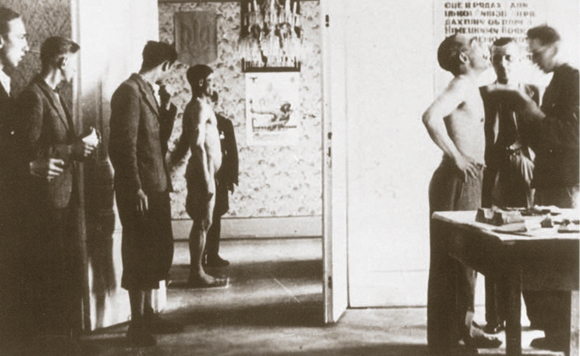
18 SS inspectors examine Ukrainian recruits. It is not the case that Himmler abandoned recruitment standards after 1942. (Michael Melnyk Collection)
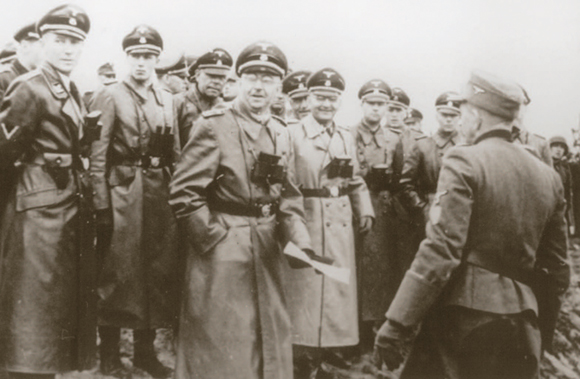
19 Himmler and SS-Brigadeführer Wächter inspect the SS ‘Galizien’ at the Neuhammer training camp, May 1944. Himmler congratulated the Ukrainians for purging their beautiful country of Jews. (Michael Melnyk Collection)
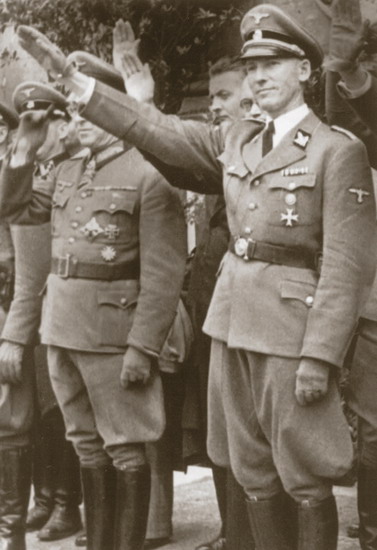
20 Wächter with Ukrainians including Professor Kubijovych, the leading Ukrainian collaborator with the German occupiers. (Michael Melnyk Collection)

21 SS General Otto von Wächter, the main architect of SS recruitment in Galicia. (Michael Melnyk Collection)
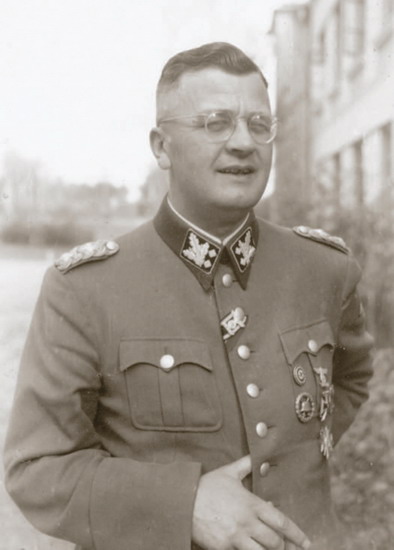
22 SS General Erich von dem Bach-Zelewski, the leading SS ‘bandit hunter’ who followed Himmler’s instructions to ‘kill all Jews as partisans’. (Bundesarchiv, Bild 101IIIAlber-096–32. Photographer: Kurt Alber)

23 Himmler’s chief ‘bandit hunter’ Erich von dem Bach-Zelewski planning an operation in the ccupied Soviet Union, March 1944. German anti-partisan operations continued, in some areas, to involve the mass killing of Jews. (Bundesarchiv, Bild 101III-AhrensA-020–31A. Photographer: Anton Ahrens)
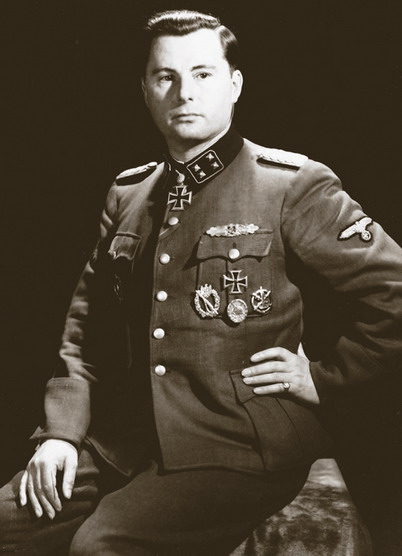
24 Belgian Walloon SS volunteer Léon Degrelle, photographed by Hitler’s personal photographer Heinrich Hoffmann as a hero of the Reich. (Bayerische Staatsbibliotek)
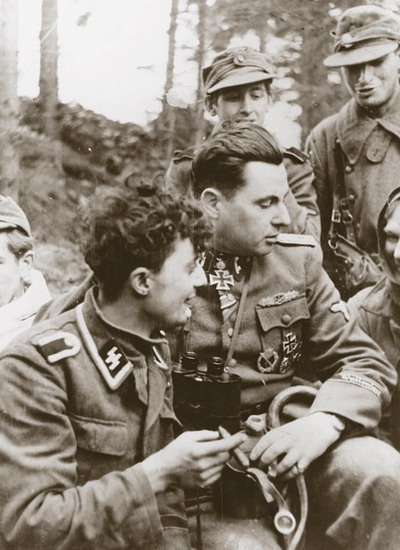
25 Léon Degrelle with Walloonian volunteers in Pomerania in 1944. (Bayerische Staatsbibliotek)
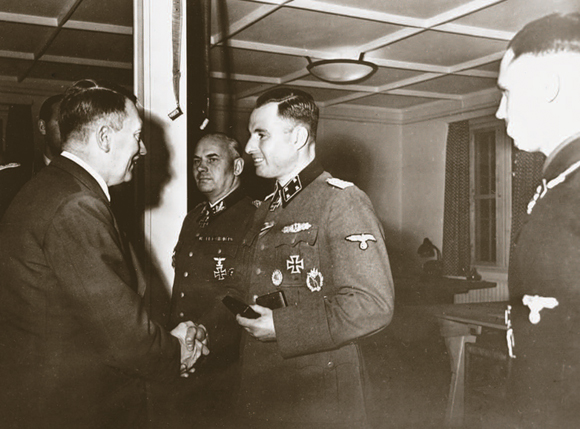
26 Belgian collaborator and SS volunteer Léon Degrelle is decorated by Hitler at his Rastenburg military headquarters, the ‘Wolf’s Lair’. In the background is SS General Felix Steiner.(Bayerische Staatsbibliotek)
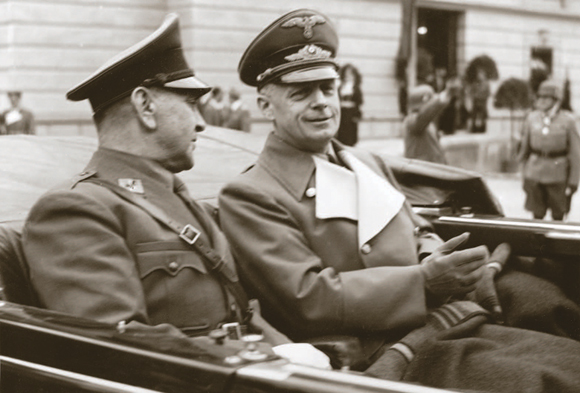
27 Croatian leader (Poglavnik) Ante Pavelić with German Foreign Minister Joachim von Ribbentrop in Salzburg, 6 June 1941. The Germans insisted that the Ustasha regime ‘solve’ its ethnic problems in the puppet regime of Croatia. (Bundesarchiv, Bild 183–2008–0612–500. Photographer: Henkel)
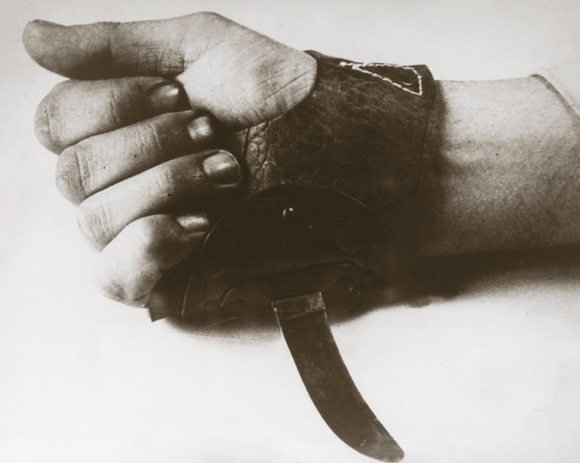
28 Special weapon made by Ustasha guards to slaughter Jewish and Serbian inmates held in Croatian camps. (USHMM/Muzej Revolucije Narodnosti Jugoslavij)
